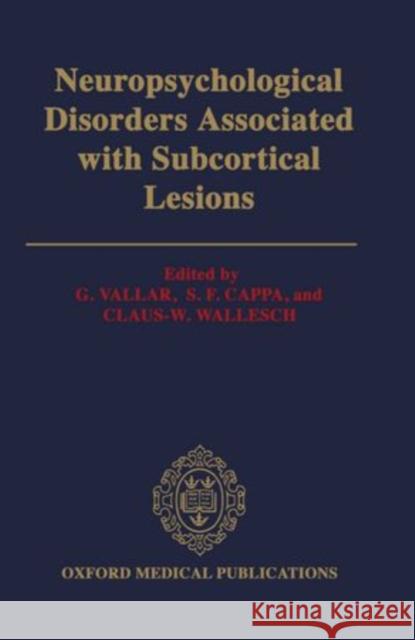Neuropsychological Disorders Associated with Subcortical Lesions » książka
topmenu
Neuropsychological Disorders Associated with Subcortical Lesions
ISBN-13: 9780198546771 / Angielski / Twarda / 1992 / 528 str.
Kategorie BISAC:
Wydawca:
Oxford University Press, USA
Seria wydawnicza:
Język:
Angielski
ISBN-13:
9780198546771
Rok wydania:
1992
Numer serii:
000017481
Ilość stron:
528
Waga:
1.03 kg
Wymiary:
24.13 x 16.21 x 3.56
Oprawa:
Twarda
Wolumenów:
01
Dodatkowe informacje:
Bibliografia
Wydanie ilustrowane
Wydanie ilustrowane











